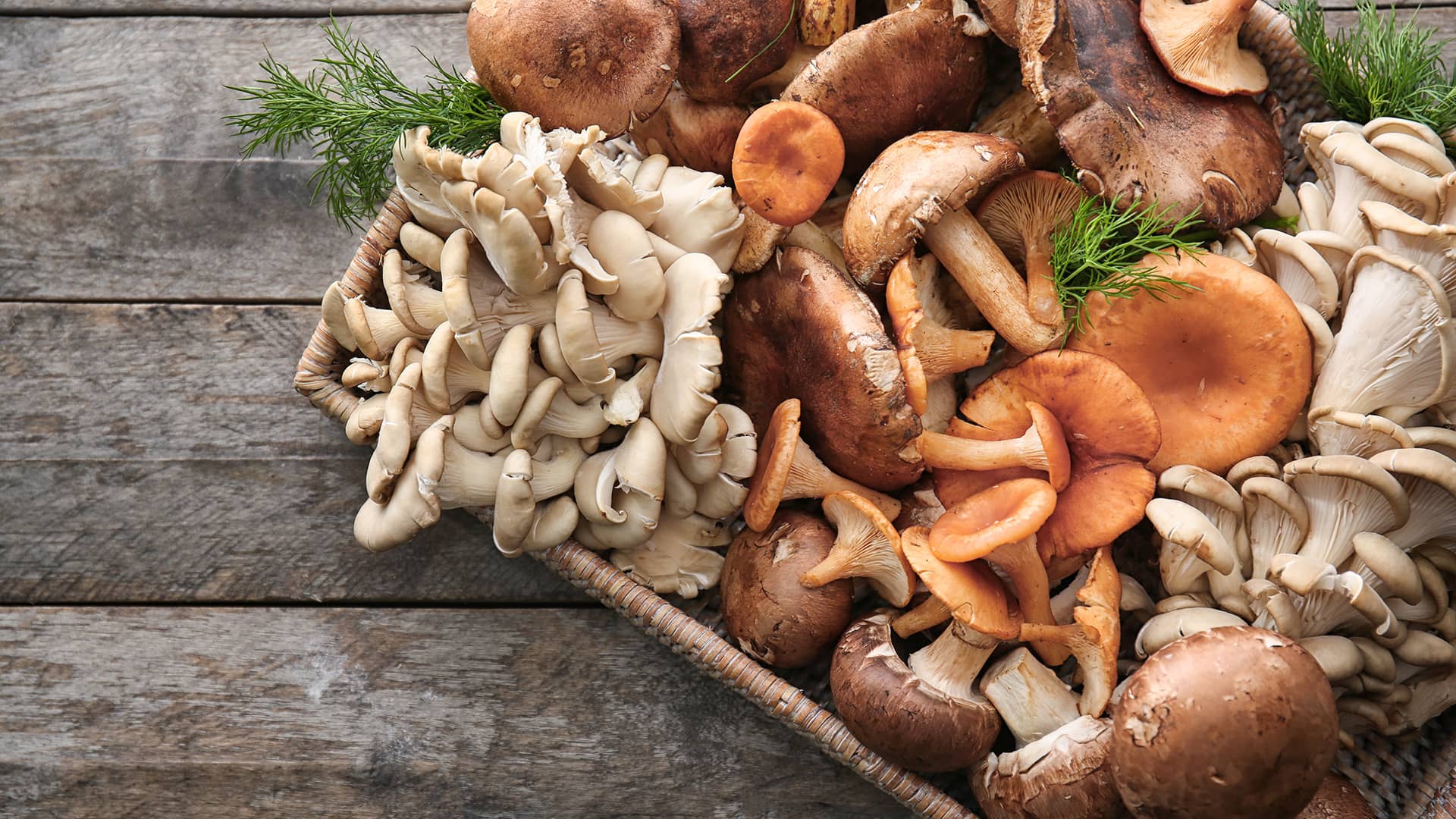
Mushrooms, with tens of thousands of varieties worldwide, also have a rich presence in Türkiye. From their gastronomic significance to their health benefits and the many species grown in Türkiye, the mushroom world is vast and diverse.
There are thousands of mushroom species across the globe, and new varieties continue to be discovered. The number of known mushroom species is constantly updated, with estimates ranging from 14,000 to 22,000.
However, only about 1% or 2% of these are edible. Thanks to the growing interest in mycology (the study of fungi), the identification and classification of new species is ongoing.
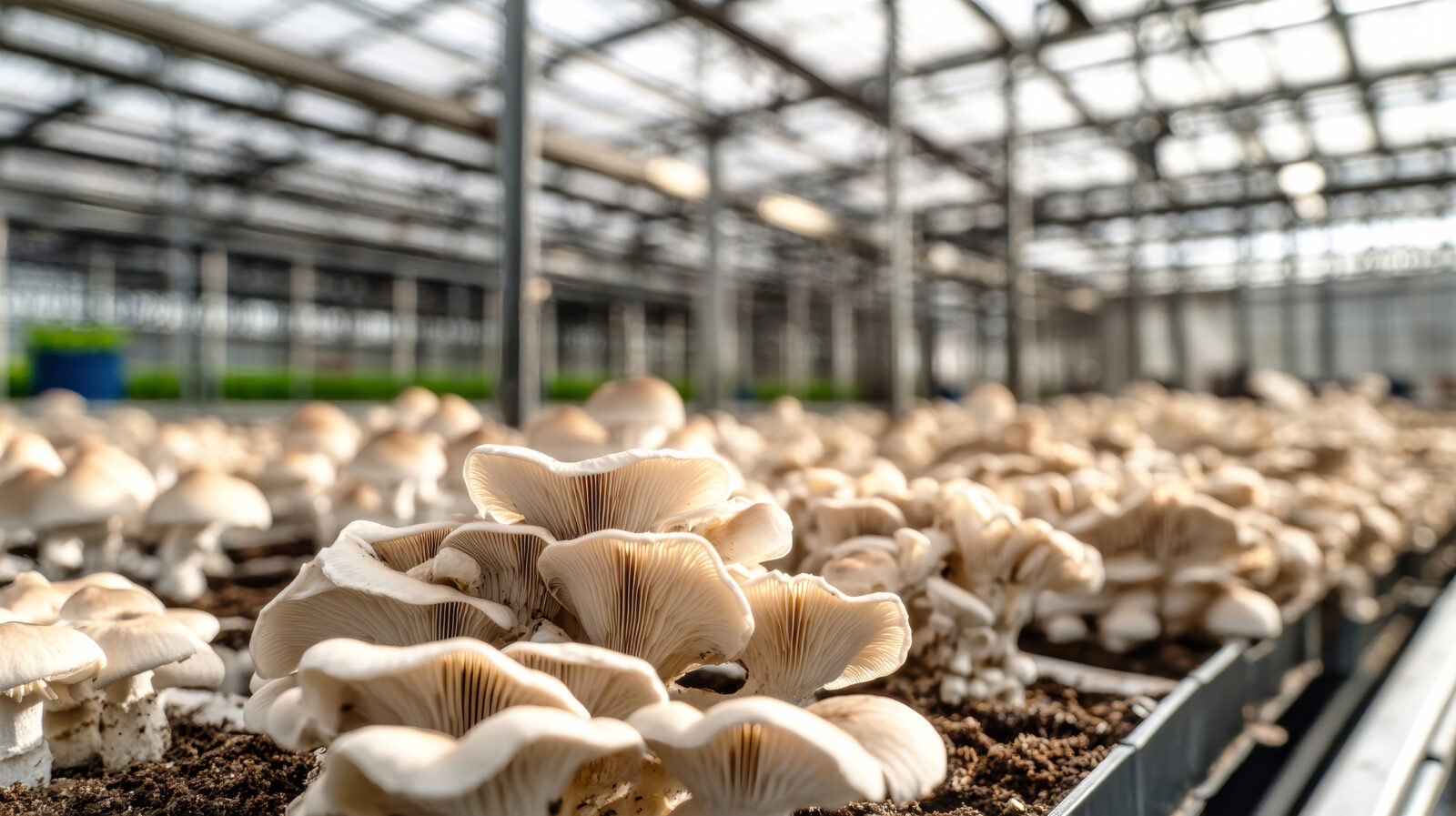
While most mushroom species are naturally found in the wild, some are cultivated for industrial mushroom farming and sold commercially. Mushrooms come in various sizes, colors, shapes and flavor profiles.
While some are edible and gastronomically valuable, others are poisonous and should not be consumed.
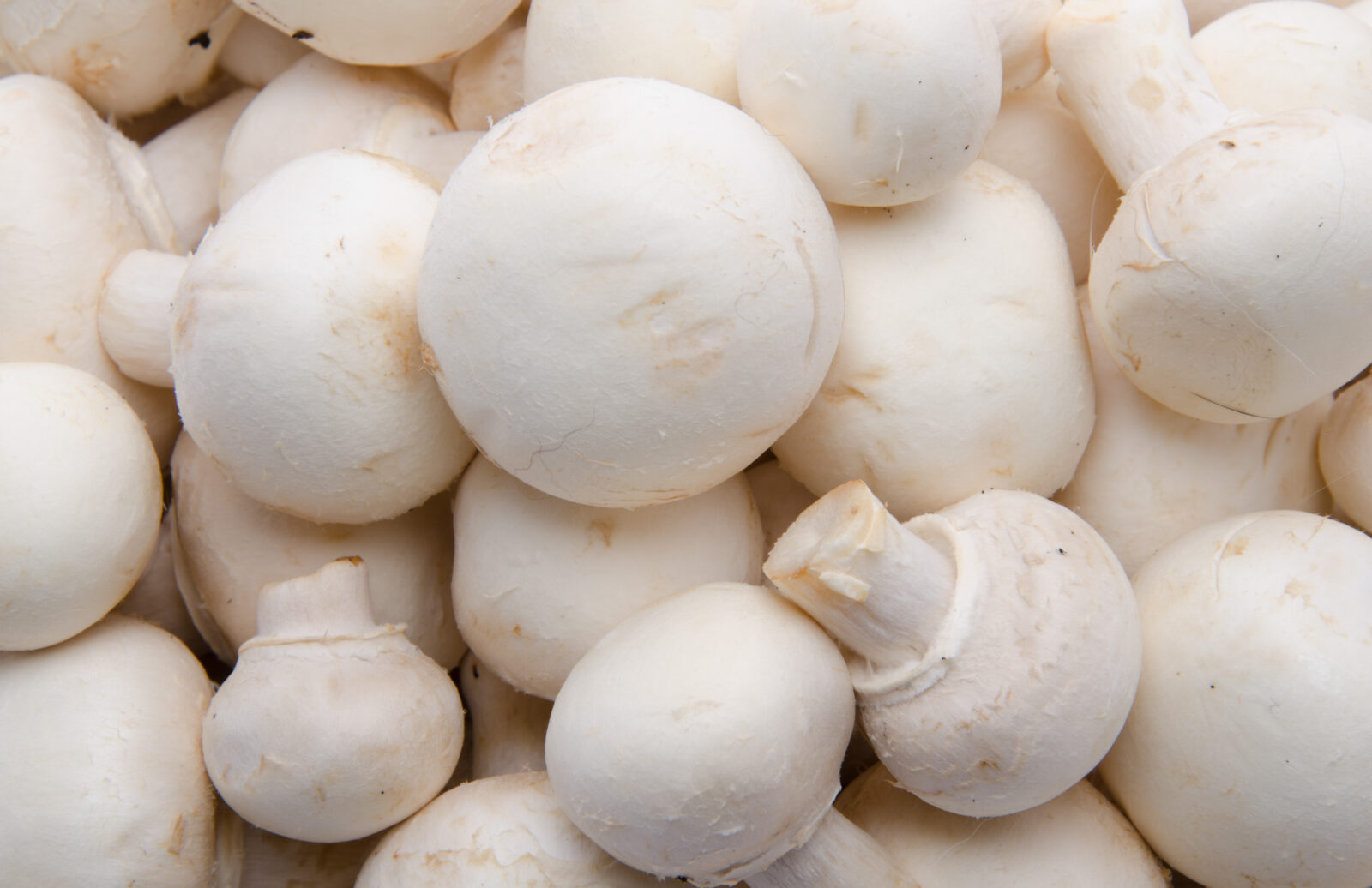
Perhaps the most common and widely available mushroom in Türkiye, the button mushroom is a staple in homes. From casseroles and soups to risottos, pastas, and sandwiches, this mushroom is the most accessible variety in the country.
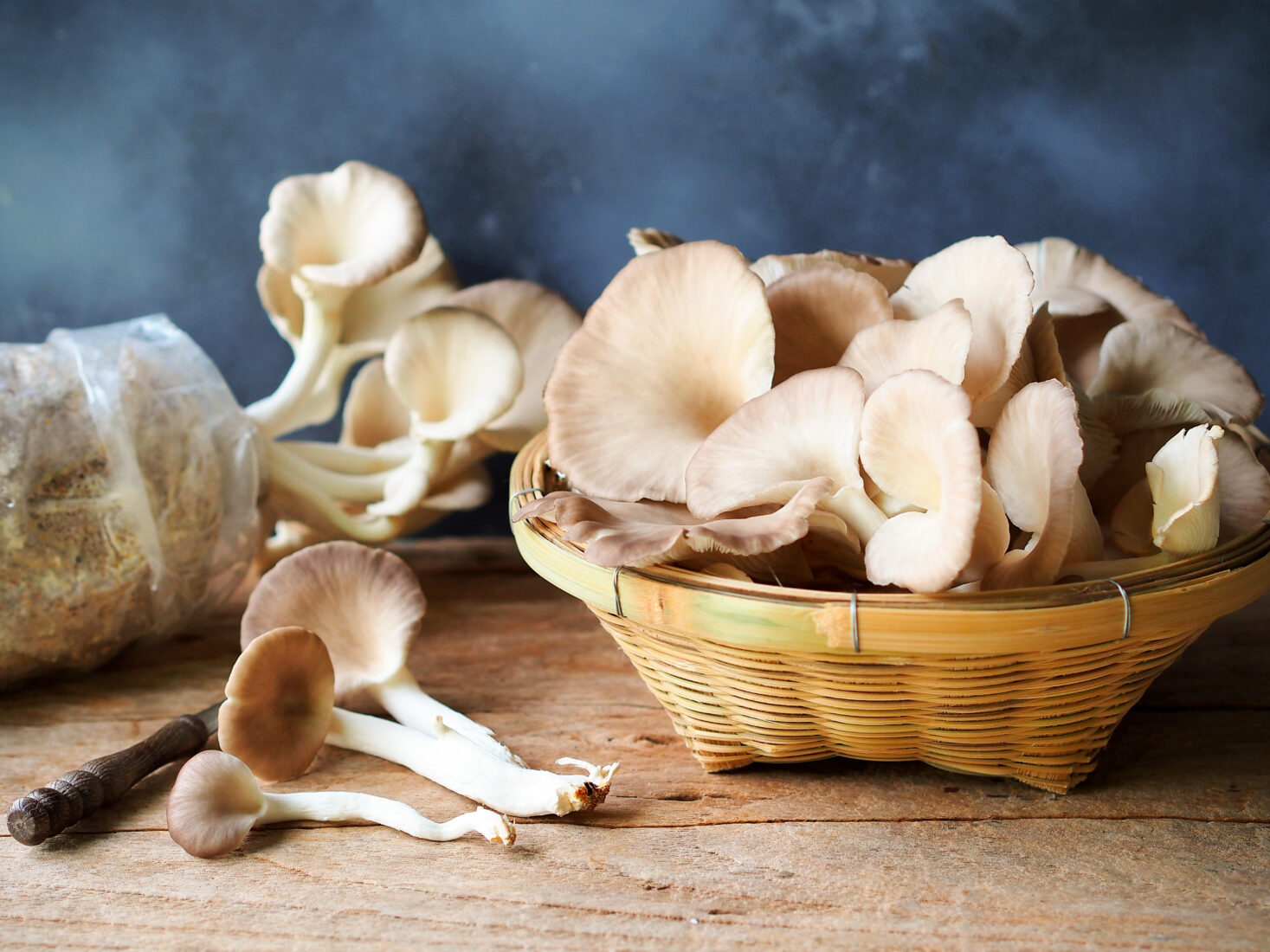
Typically found at the roots of broadleaf trees, the oyster mushroom is favored by vegans and vegetarians for its meaty taste and texture, often used as a plant-based alternative to meat.
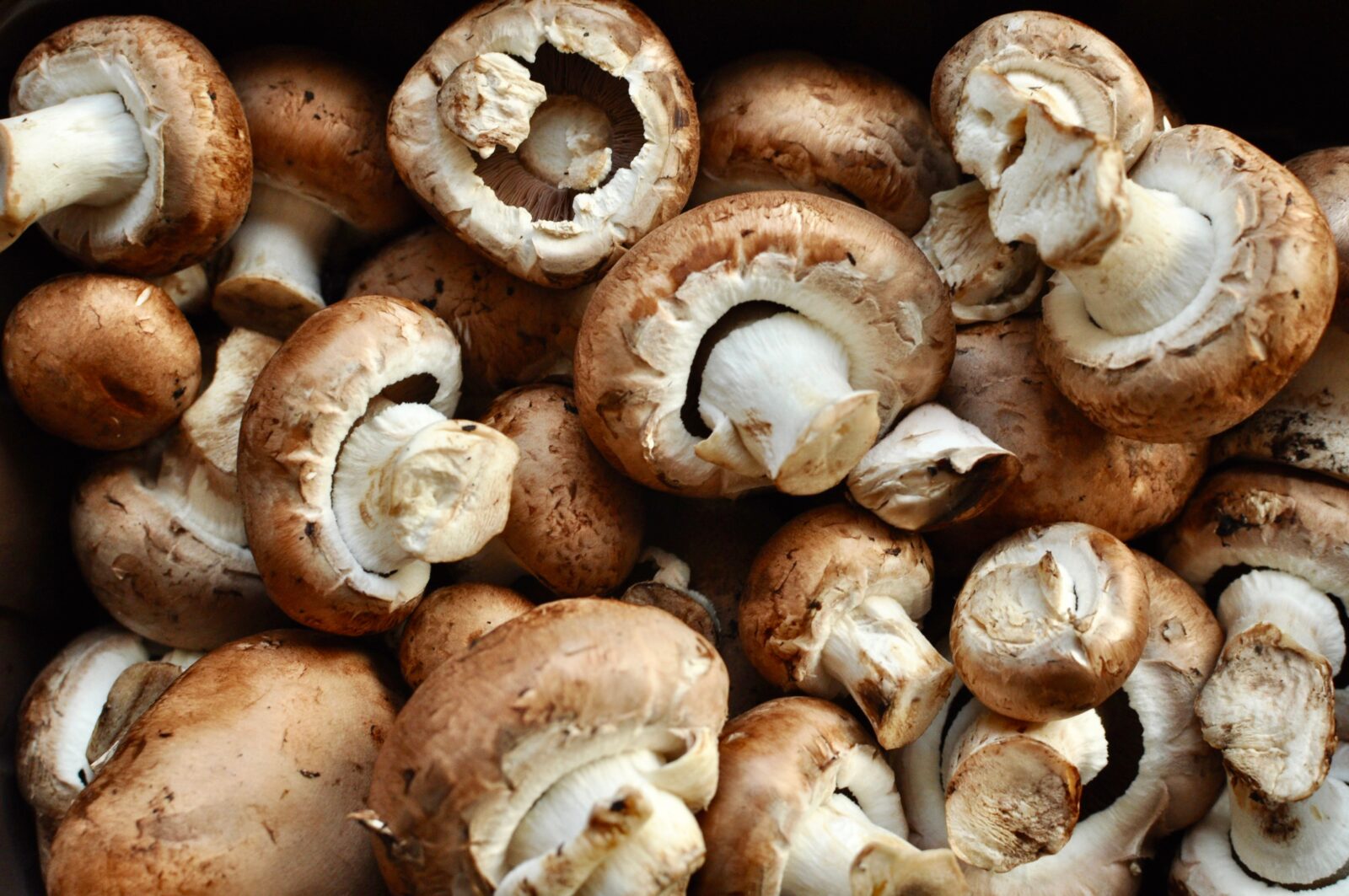
As the name suggests, this mushroom is chestnut-brown in color and is known for its rich, flavorful taste.

A popular edible mushroom, the morel comes in colors like white, grey, yellow, and brown, offering a versatile flavor profile.
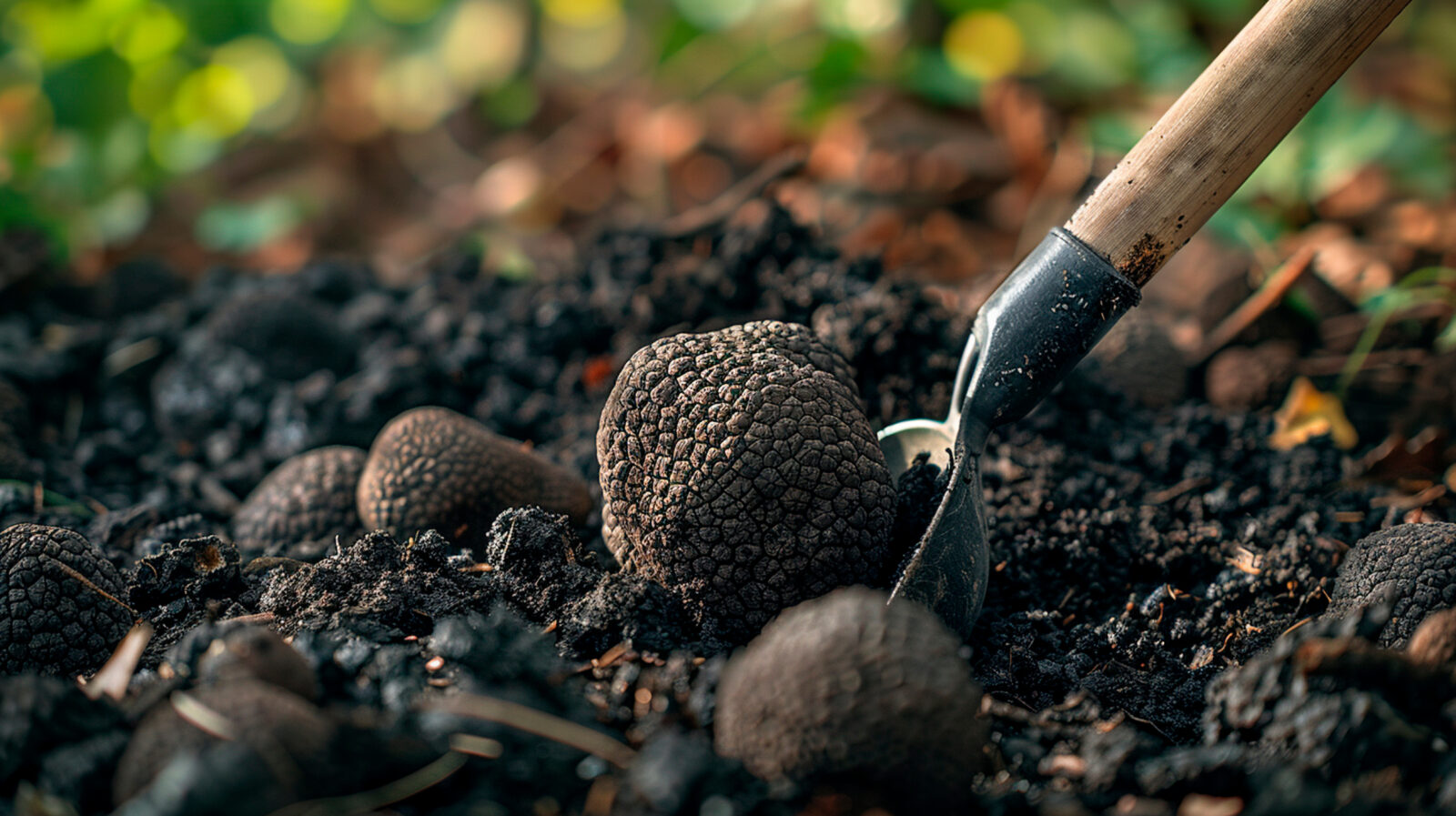
Known for its rarity and expense, truffles are typically found at the roots of oak trees. While 45% of the world’s truffles come from France, 35% from Spain, and 20% from Italy, a small amount of truffles is also grown in Türkiye.
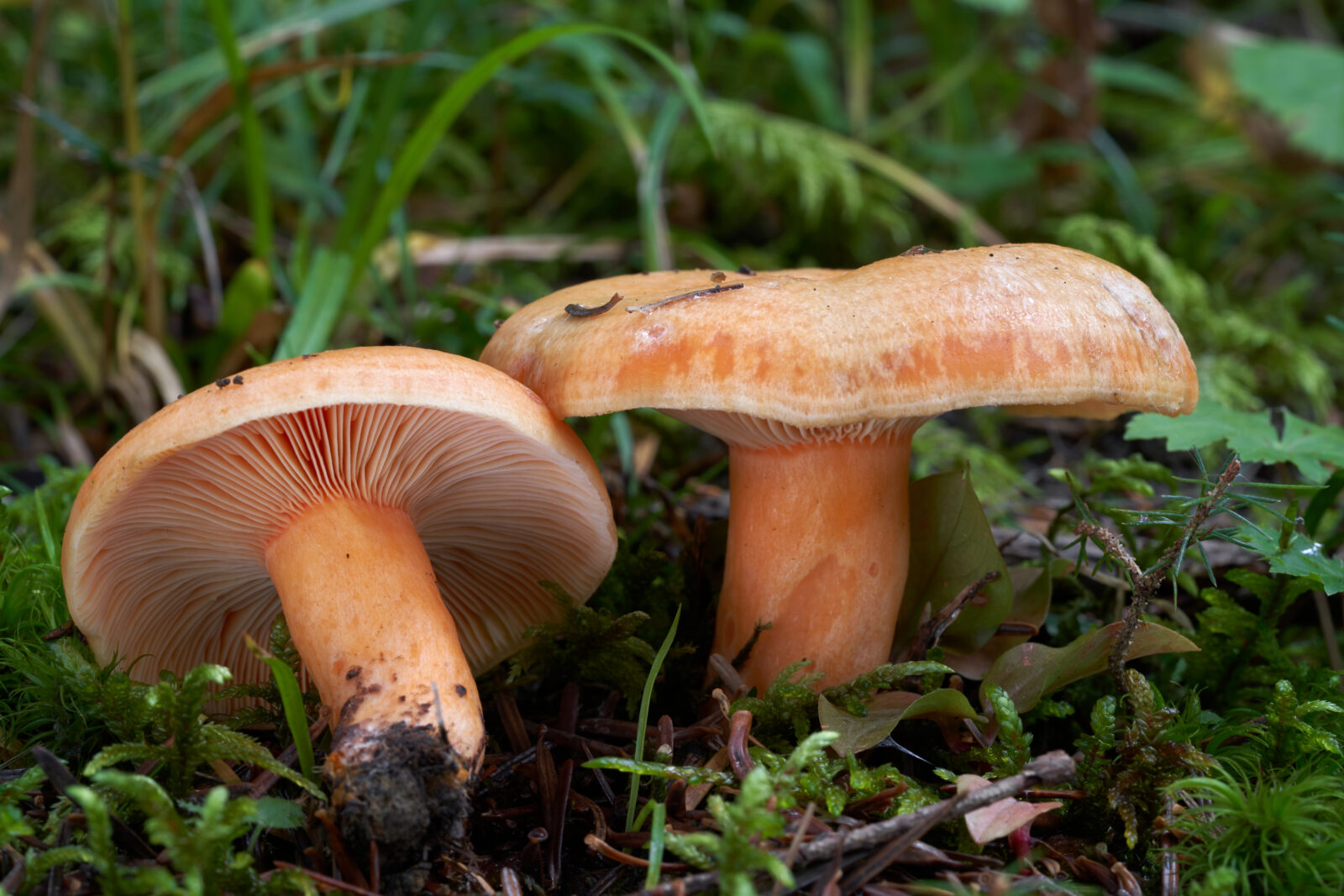
Also known as melki or chintar mushroom, the lactarius mushroom is commonly found in the Western Black Sea region of Türkiye and is frequently used in local dishes.
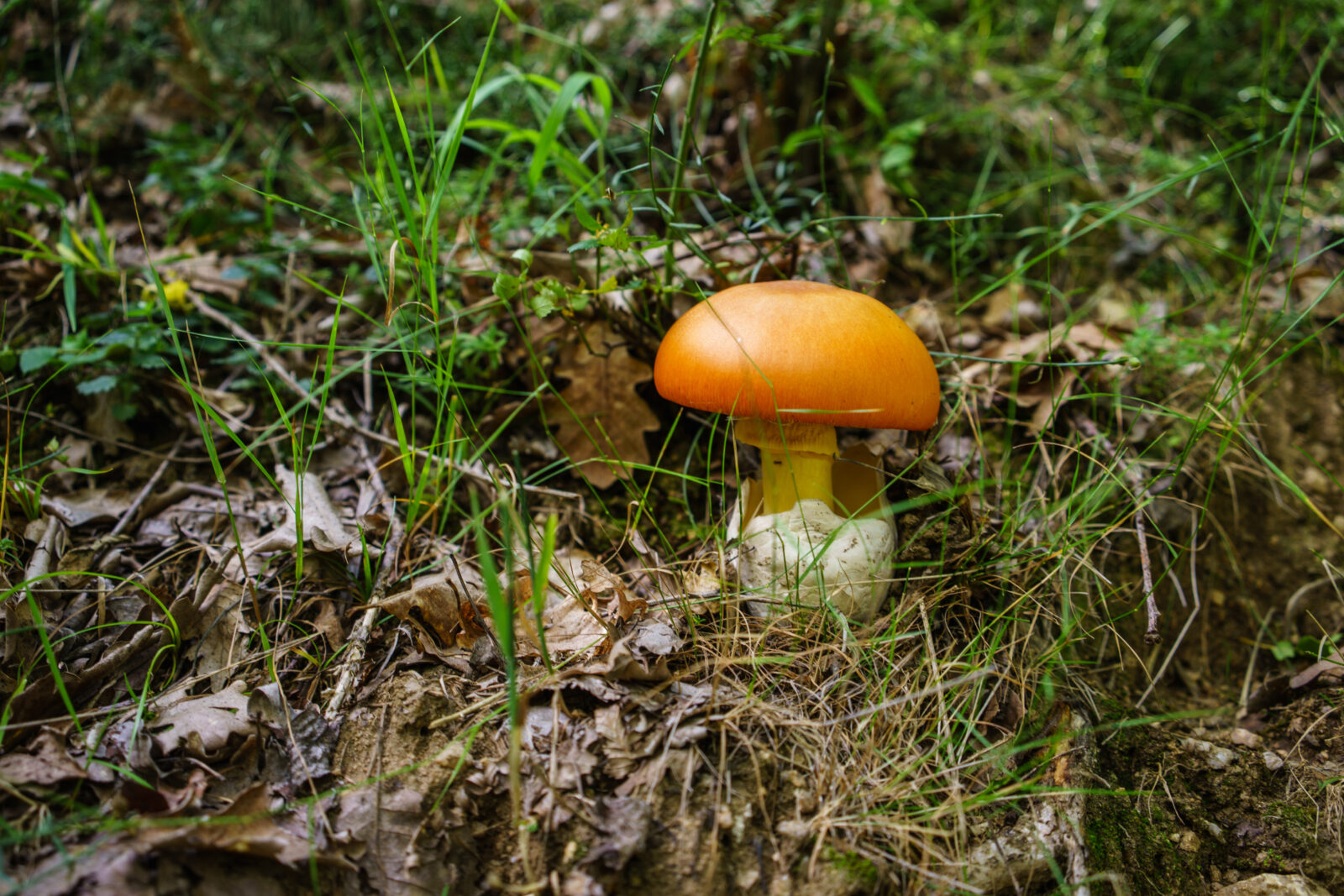
Recognized by its cone-shaped cap and orange color, the caesar's mushroom, also called the sultan mushroom or emperor mushroom, is easily identifiable.
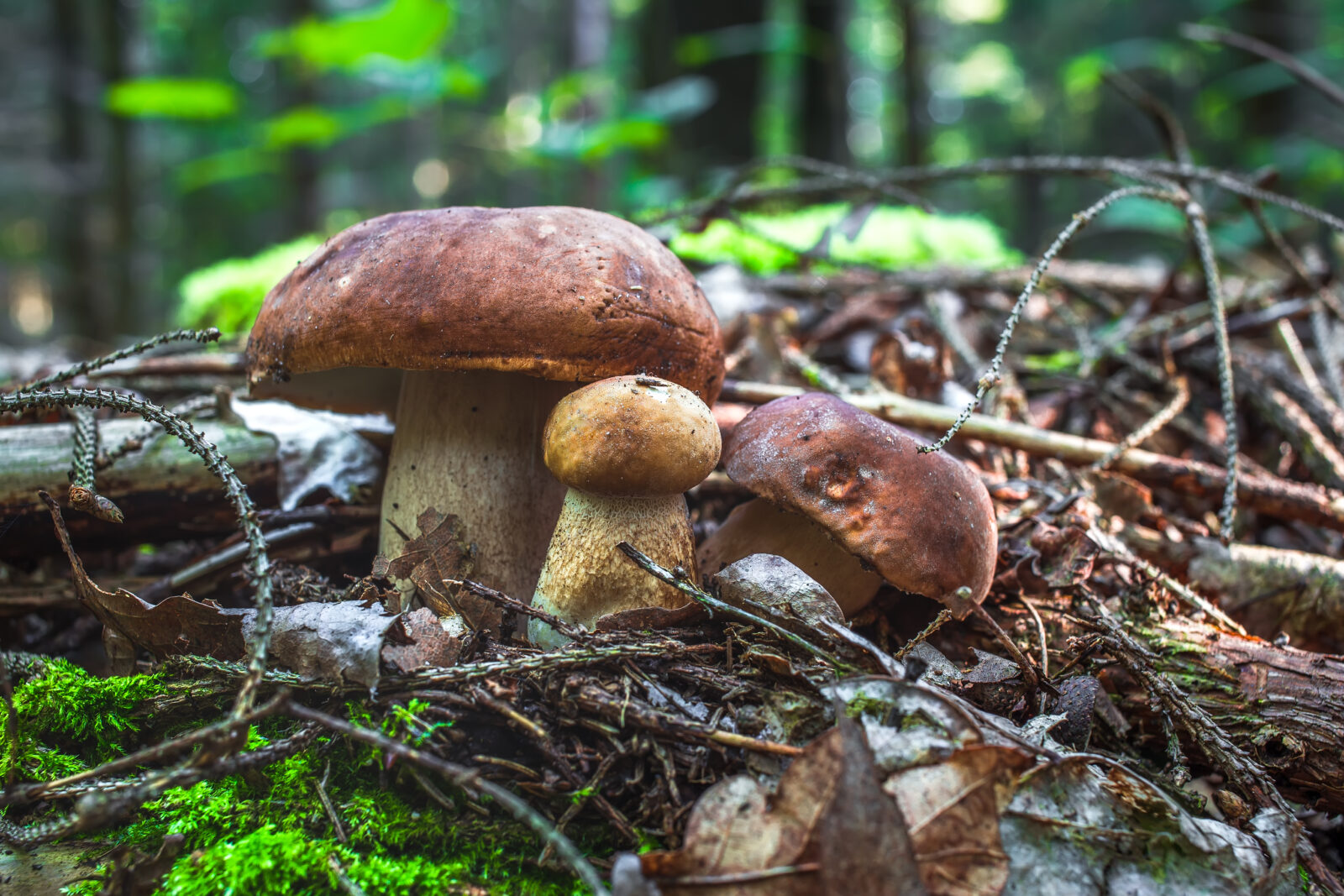
Also known as bear or bolete mushroom, the porcini mushroom, found in brown-red hues, is a favorite for soups and sautes, particularly during the summer and autumn seasons.

Mushrooms hold a significant place in global cuisines, with their impact varying from culture to culture.

The reasons to include mushrooms in your diet go beyond their delicious taste—these fungi offer numerous health benefits.
These health benefits can be achieved when mushrooms are properly prepared and consumed. When included in a balanced diet, mushrooms offer a diverse and nutritious option.
However, it’s important to distinguish edible mushrooms from toxic varieties, so ensure you gather them from reliable sources when foraging or purchasing.
Mushrooms are a versatile, nutrient-rich food, offering significant health benefits while enhancing the flavor of countless dishes. Whether for their rich taste, culinary flexibility, or health-promoting properties, mushrooms deserve a place in any kitchen. In Türkiye, a country rich in mushroom diversity, the opportunities to explore and enjoy these fascinating fungi are plentiful.